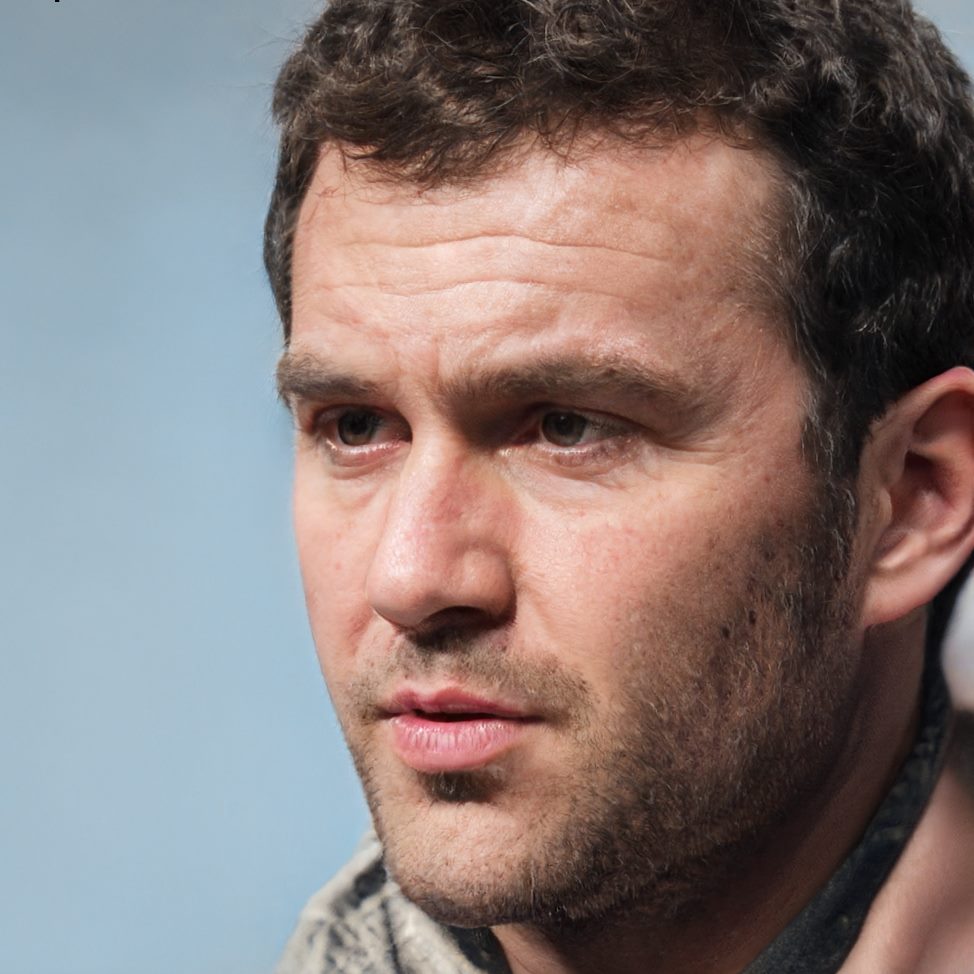What is the PMBOK Process Group and How Does It Work?
The Project Management Body of Knowledge (PMBOK) process group is a set of best practices for project management. The PMBOK process group is defined by the Project Management Institute (PMI) and is used by organizations around the world to ensure that their projects are completed successfully.
The PMBOK process group consists of five process groups: Initiating, Planning, Executing, Monitoring and Controlling, and Closing. These process groups are interrelated and overlap, with each group building on the previous one. The goal of the PMBOK process group is to provide a common framework for managing projects, so that all project managers can understand the steps involved in successful project completion.
Initiating Process Group
The initiating process group is the first step in the PMBOK process group. In this stage, the project manager determines whether or not a project should be started. This stage involves defining the project’s scope, goals, and objectives, as well as identifying the stakeholders who will be involved in the project.
An important tool in this stage is a Gantt chart. A Gantt chart is a visual representation of the project schedule that shows the start and end dates of each task, as well as its duration. There are many software options available for creating Gantt charts, including GanttPRO, Microsoft Project, Wrike, ClickUp, Monday.com, Smartsheet and others.
“The best way to predict the future is to create it.” - Peter Drucker
In this stage, it is also important to identify any potential risks or issues that could impact the project, so that they can be addressed early on. This stage is critical to the success of the project, as it sets the foundation for the rest of the project.
Planning Process Group
The planning process group is the second step in the PMBOK process group. This stage involves creating a detailed plan for how the project will be executed. This includes developing a project schedule, determining the resources needed for the project, and creating a budget.
In this stage, the project manager works with the team to determine the tasks that need to be completed and the order in which they will be completed. The project manager also determines the dependencies between tasks, and identifies any potential risks or issues that may impact the project.
A key tool in this stage is a detailed Gantt chart, which provides a visual representation of the project schedule and helps the project manager track progress and make adjustments as needed.
Executing Process Group
The executing process group is the third step in the PMBOK process group. In this stage, the project manager and the team work together to carry out the tasks identified in the planning stage.
This stage involves managing the day-to-day activities of the project, including coordinating with team members, communicating with stakeholders, and monitoring progress. The project manager must also address any issues or risks that arise, and make adjustments to the project plan as necessary.
Monitoring and Controlling Process Group
The monitoring and controlling process group is the fourth step in the PMBOK process group. In this stage, the project manager monitors the progress of the project and compares it to the project plan. This stage involves tracking the project schedule, budget, and resources, and making adjustments as needed.
The project manager also assesses the status of the project and identifies any issues or risks that may impact the project. This stage is critical to the success of the project, as it allows the project manager to make adjustments to the project plan before it is too late to correct any problems.
Closing Process Group
The closing process group is the final step in the PMBOK process group. In this stage, the project manager and the team complete the project and document its results. This stage involves evaluating the project against its goals and objectives, and documenting the lessons learned for future projects.
The project manager must also complete any final documentation and close out any remaining contracts or agreements. This stage is an opportunity to celebrate the success of the project and to recognize the contributions of the team.
In conclusion, the PMBOK process group is a critical tool for project managers and organizations looking to ensure the success of their projects. By following the five process groups, project managers can ensure thatthey have a clear, structured approach to managing projects, and that they are taking the necessary steps to achieve their goals and objectives. Whether you are a seasoned project manager or just starting out, the PMBOK process group can help you manage your projects more effectively and ensure their success.

